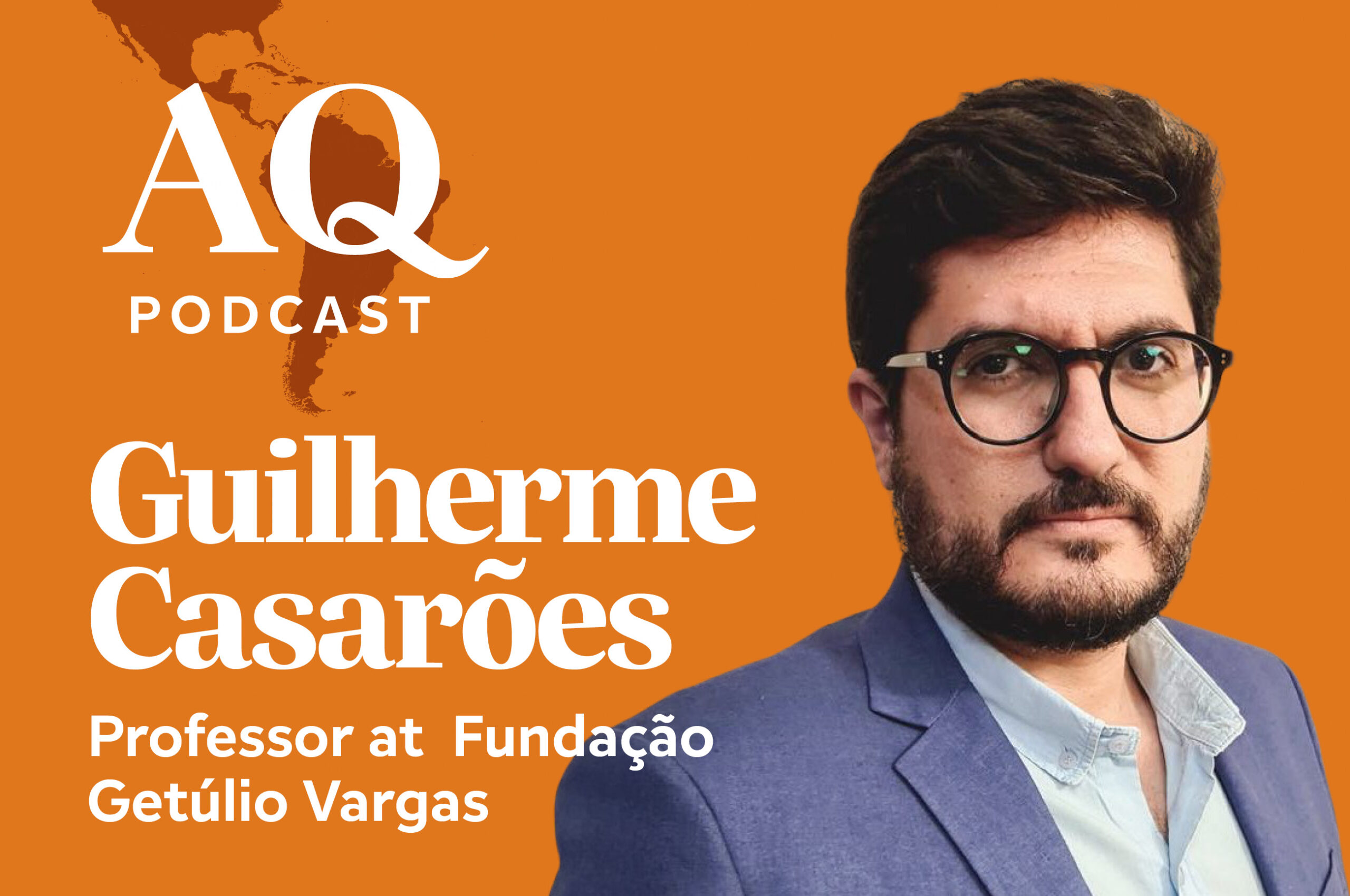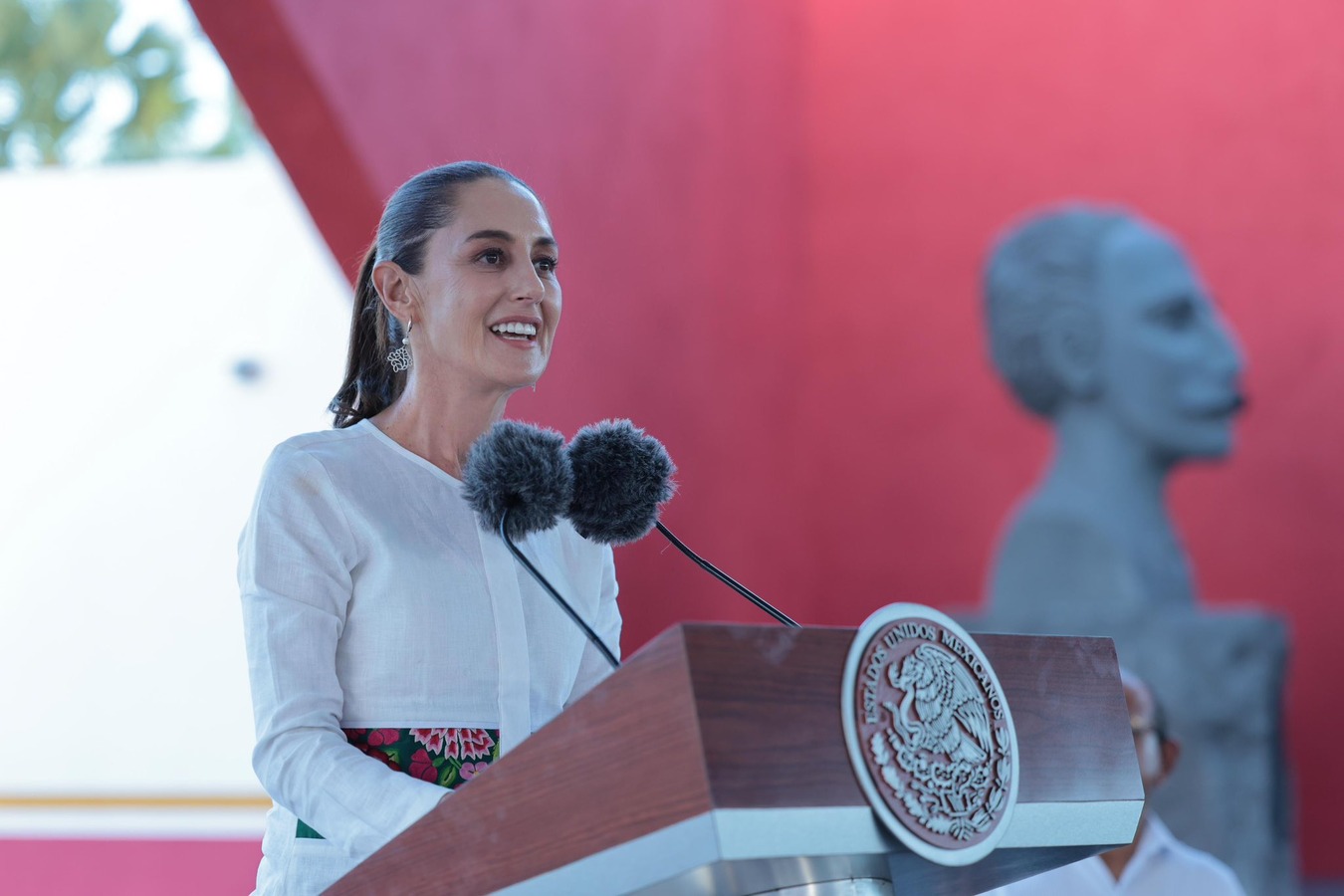Mexico Update: President Enrique Peña Nieto and His Cabinet Take Office
Mexico Update: President Enrique Peña Nieto and His Cabinet Take Office
Mexico's new cabinet under President Enrique Peña Nieto took office on November 30. AS/COA provides a who's who of the cabinet, which includes market-savvy technocrats and veteran political operators.
On November 30, 2012, Osorio Chong, ex-governor of the state of Hidalgo, presented the cabinet of Mexico’s new president, Enrique Peña Nieto. The cabinet is a mix of market-savvy technocrats and veteran Institutional Revolutionary Party (PRI) political operators—some from the old PRI presidential administrations—along with a few names from outside the party. The role of the political operators will be to negotiate structural reforms Mexico urgently needs, such as education reform. Meanwhile, the selection of the technocrats signals to global markets that Mexico will continue on a path of macroeconomic stability and will undertake the necessary market-oriented reforms, such as energy and fiscal reform, to unlock the 6 percent growth rate Peña Nieto has promised.
A “Who’s Who” of Mexico’s New Cabinet
Osorio Chong is Mexico’s new interior secretary, which is Mexico’s second-highest position and, essentially, vice president. Previously, the ex-governor of Hidalgo also served as head of Hidalgo’s PRI and as federal congressman representing the state. Chong held various positions in the national PRI prior to becoming co-head of the president-elect’s transition team as head of politics and security. He also participated in the election of Eruviel Ávila to the governorship of the State of Mexico after Peña Nieto left that post. Peña Nieto and Chong became close as they governed neighboring states at the same time. As interior secretary, Chong will have the key role of overseeing the country’s security situation.
Luis Videgaray, the right-hand man to Peña Nieto, will be Mexico’s new finance secretary, leading the Secretariat of Finance and Public Credit. Videgaray has a Ph.D. in economics from the Massachusetts Institute of Technology and previously served as the secretary of finance, planning, and management for the State of Mexico during Peña Nieto’s governorship. Notably, the magazine Latin Finance recognized Videgaray’s 2008 renegotiation of the State of Mexico’s public debt as the deal of the year. In addition, he served as general coordinator for Peña Nieto’s presidential campaign and co-directed the president-elect’s transition team. Videgaray also has private sector experience—he worked at Protego, the financial consulting firm founded by former Finance Secretary Pedro Aspe. Videgaray has stated that macroeconomic stability with a social dimension will be a priority for him and the president.
Videgaray inherits the finance secretary position from José Antonio Meade, who will now be foreign affairs secretary. The appointment of Meade in this role represents the biggest surprise of the cabinet choices. Though many forecast he would be in the Peña Nieto government, few guessed it would be as foreign affairs secretary.
He earned a Ph.D. in economics from Yale and previously held the position of energy secretary during former President Felipe Calderón’s administration. Meade also served as chief of staff for former Secretary of Finance Agustín Carstens. In the latter role, he was key in negotiating the 2007 fiscal reform with Congress. Meade showcased his international leadership during the coordination of this year’s G-20 meeting in Mexico, during which Mexico held the organization’s presidency.
Emilio Lozoya will assume leadership of state energy firm Pemex. He has a Master’s from Harvard in economic development and public administration. Lozoya served as an analyst at Mexico’s Central Bank from 2002 to 2005. Lozoya, like Videgaray, was a student of Aspe’s at the Instituto Tecnológico Autónomo de México (ITAM). Videgaray and Lozoya worked closely while the former served as the State of Mexico’s finance secretary and the latter headed the World Economic Forum’s Latin America directorate. Lozoya also served on the board of the construction company OHL. He founded the JF Holding investment fund and the construction company TerraDesign, which operates in Mexico and Senegal. He served as the international relations coordinator during Peña Nieto’s presidential campaign and as vice coordinator of international affairs on the transition team.
A founder of the Party of the Democratic Revolution (PRD), Rosario Robles is the new secretary of social development. Robles was previously the first female head of government of the Federal District—more commonly known as mayor of Mexico City. In that role, she presented the Ley Robles (Robles Law) to permit abortion in certain cases within the capital. Before that, she served as interior secretary for Mexico City under Mayor Cuauhtémoc Cardenas and took over his role when he resigned to run in the 2000 presidential election. Robles also served as president of the PRD and founded SOSTEN Centro de Inteligencia, a political consultancy focused on female political empowerment. She organized a 2012 Red de Mujeres de la Sociedad Civil (Network of Women in Civil Society) event, where she voiced her support for Peña Nieto’s candidacy.
Manuel Mondragón y Kalb will assume the role of undersecretary of planning and institutional protection, which was previously the secretary of public security and now has been integrated into the Secretariat of the Interior. Mondragón is a medical surgeon and military man who previously served as both public security secretary as well as health secretary for Mexico City during the mayoralty of Marcelo Ebrard. During the presidential campaign of 2012, PRD candidate Andrés Manuel López Obrador proposed Mondragón as his public security secretary. Mondragón established the first national program against drug consumption as the national coordinator of social responsibility for the Attorney General’s Office. He has been lauded for his excellent handling of security in Mexico City, now one of Mexico’s safest cities. Mondragón, along with Robles and Meade, represent pluralism in the cabinet since they have been associated with other parties prior to their appointments by Peña Nieto.
Along with Chong, other savvy PRI politicos have been named to the cabinet. Pedro Joaquín Coldwell, tourism secretary under President Carlos Salinas (1988-1994), was president of the PRI before being named Peña Nieto’s energy secretary. A renowned political operator, he will be working toward energy reform with Lozoya and Francisco Rojas, Peña Nieto’s appointee to head the Federal Electricity Commission and the former head of Pemex under Salinas.
Additionally, Emilio Chuayffet, a former interior secretary under President Ernest Zedillo (1994-2000) is the new education secretary. Chuayffet is an adversary of Elba Esther Gordillo, head of the Mexican National Educational Workers Union— the 1.4 million Mexican strong teacher’s union—and was indirectly responsible for Gordillo’s exit from the PRI. It is Chuayffet’s familiarity with the union that President Peña Nieto hopes will help achieve education reform in Mexico.
Assisting Chong and Mondragón with the security apparatus of the country will be Jesús Murillo Karam as attorney general. Murillo was a former undersecretary of public security under Zedillo. Like Osorio, he was governor of the state of Hidalgo and has been secretary general of the PRI, the party’s second-highest spot.
If the rumors hold true, Eduardo Medina Mora will be Mexico’s new ambassador to the United States. The choice of Medina Mora—a former attorney general, secretary of public security, and head of the Center for Research and National Security—signals that security will remain a priority in the bilateral relationship.








